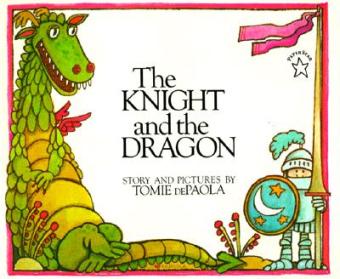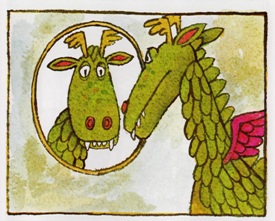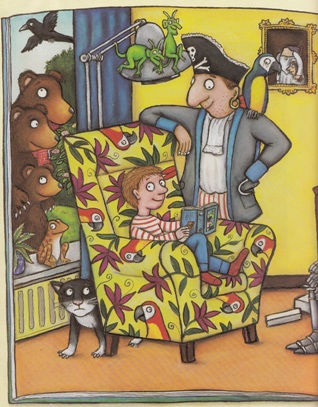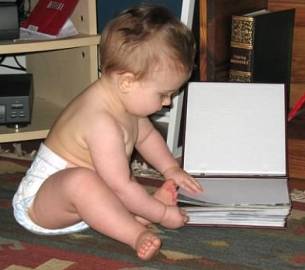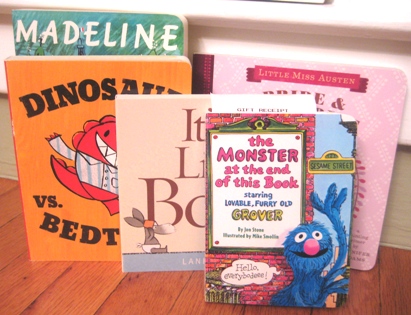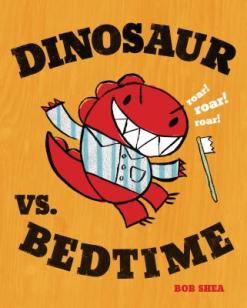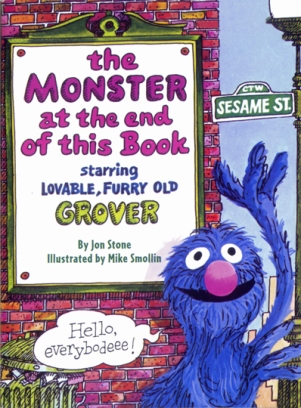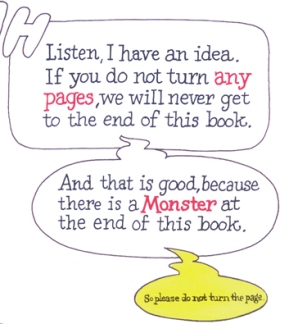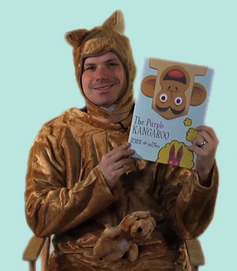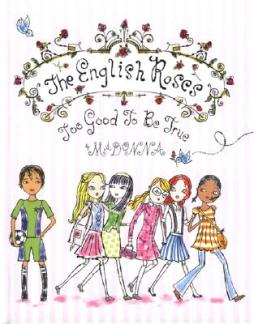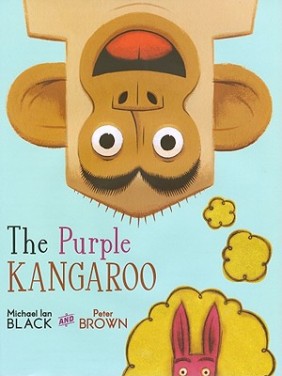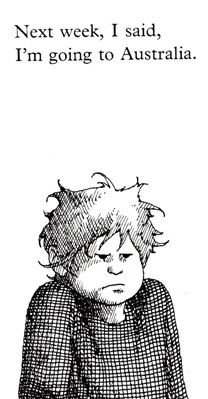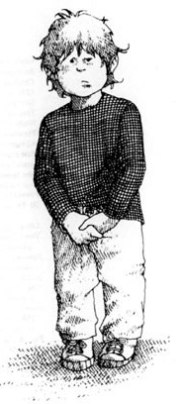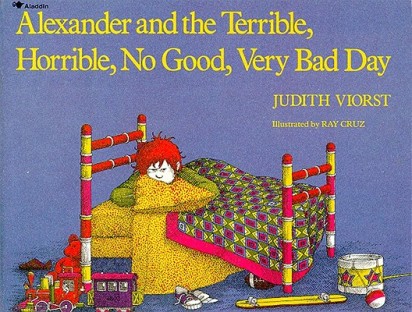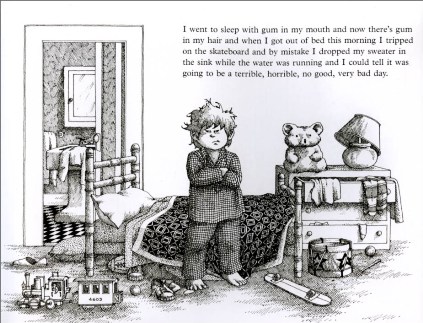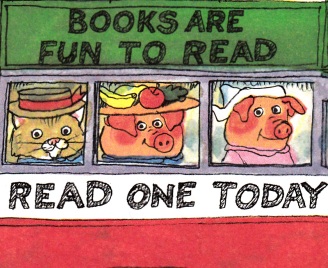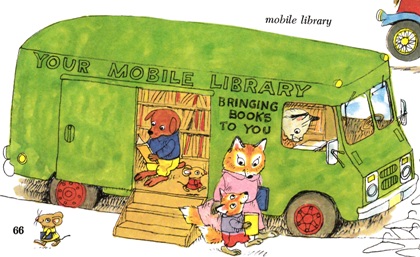If you asked me to visualize in my mind a “book for children” – if you gave me a description that vague, asked me to roll with it, and said “just picture a kids’ book in your head” – chances are, the first thing I’d think of would be a Tomie dePaola illustration. Even if you’re not familiar with the name (and most of you probably are), almost everyone in the Western world and beyond probably has had some experience with a Tomie dePaola book. According to his website, he “has written and/or illustrated nearly 250 books”, which doesn’t surprise me. His visual style and storytelling skill are just so beautiful, iconic, and ubiquitous that Tomie books are almost a genre unto themselves. I think it’d be fairly hard to find a child’s home library that doesn’t have at least one dePaola title prominently featured in its collection.
It also doesn’t hurt that many of his books are card-carrying kids’ classics. When my daughter first started asking us about death at age three, we immediately turned to my wife’s dog-eared childhood copy of Nana Upstairs & Nana Downstairs – if you have elderly relatives, readers, you need to have that book on standby – and Strega Nona, possibly dePaola’s most famous work, is a home library essential and one of the most memorable books from my own childhood. (A local children’s theater company, The Wild Swan Theater, does a tremendous stage adaptation of Strega Nona that my daughter adores.) However, even though Nana Upstairs and Strega Nona are both must-own works and probably dePaola’s best known titles, my daughter and I have always had a special place in our hearts for The Knight and the Dragon, a rousing tale of dragon fighting, rejecting social roles, and the wonderful things that can happen when you take the advice of a librarian.
Once, when my daughter was two and half, I took her to our local bookstore and told her that she could pick out whatever book she wanted. She headed off into the stacks and, though I’d mentally prepared myself for coming home with an Elmo book, instead, she eventually emerged holding a paperback copy of The Knight and the Dragon. “I really want this, Daddy,” she said.
Though I was familiar with Tomie dePaola, I’d never read The Knight and the Dragon, so we sat down in the store and we read it together. Minutes later, we reached the end of the story and we both just sat there with goofy, delighted smiles on our faces. “We need this book, Dad,” she told me and, while I totally admit that she might have been manipulating me into buying her something… well, it worked. Despite my best efforts, I am a very manipulatable daddy, particularly when it comes to buying books. We bought it and it’s become a big favorite in our house.
What I like the most about The Knight and the Dragon is how it plays with the expectations that readers have for certain kinds of stories. Before we read the book, I asked my daughter, “What do you know about knights and dragons?” And she replied, “That they fight.” I’m not even sure how she knew that. At the time, I’m pretty sure we didn’t have any books with dragon-slaying on her shelves and I’m not sure where – in her limited TV and movie watching – any knightly combat could’ve come up. Maybe it’s just one of those cultural landmarks that people just KNOW about. I knew that Rosebud was a sled long before I ever saw an Orson Welles movie, so maybe, kids just know deep down in their collective unconscious that knights and dragons don’t get along. [read the rest of the post…]
{ 2 comments }
